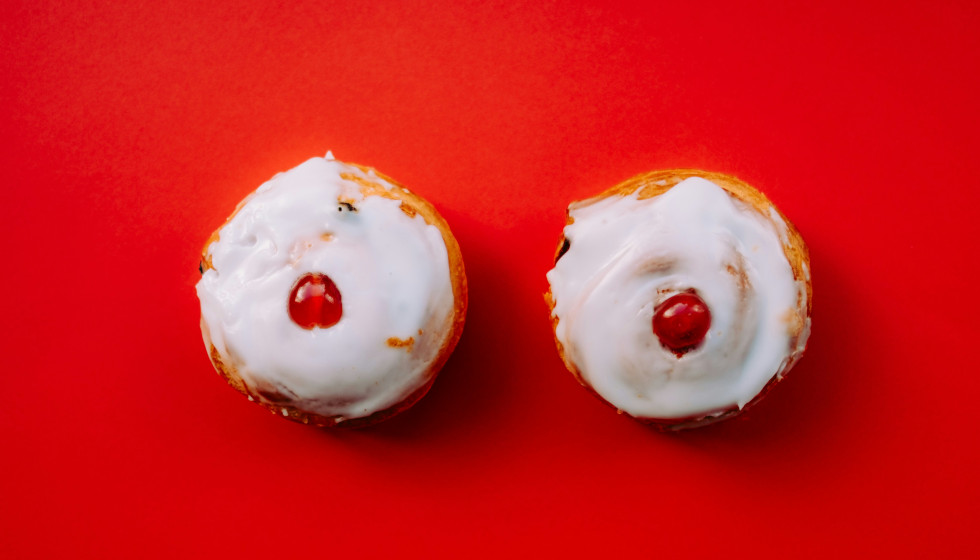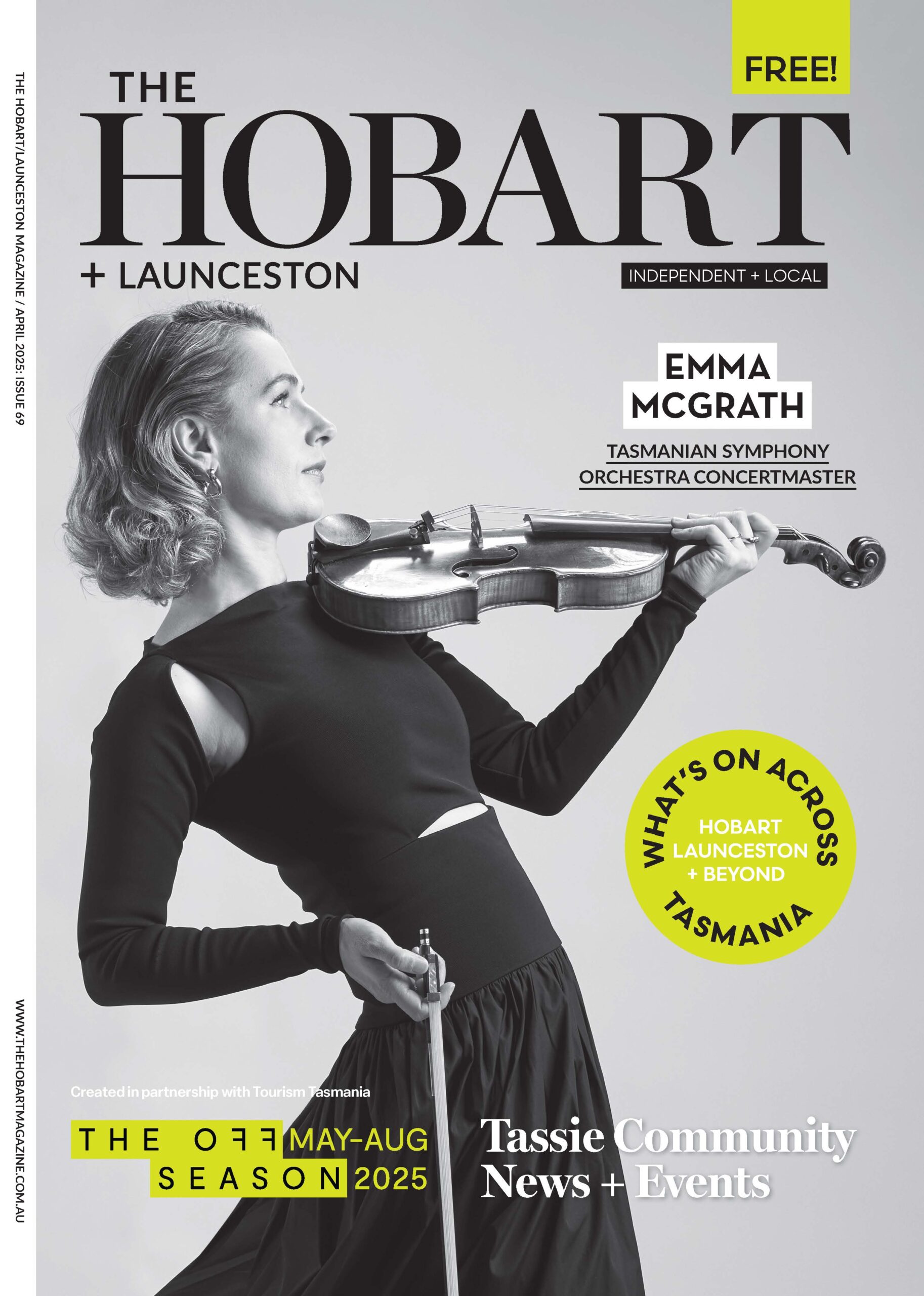Your Breast Self
by Annia Baron

Boobs, tits, honkers, jugs, coconuts-terms for these life-giving and uniquely wondrous parts of our bodies are plenty. But for everyone who’s had breasts or would like to, there’s something strangely amiss when it comes to how we treat them, and importantly, their essential role in our psychological wellbeing.
Ask any woman whether she’s been hung up about her breasts and guaranteed, there’ll be a yes. Too small, too big, too round, too long, not perky enough, asymmetrical. Women weren’t born with these beliefs; an influx of problematic messaging created them. We’ve perpetuated a confusing dialogue that either hypersexualises breasts or shames a woman for hers. For example, it’s okay to use hooters to sell beer and cars but breastfeeding in public is still considered scandalous (e.g., only 43% of adults in the US believe that women should have the right to breastfeed in public). The internalised oppression of breasts is widespread, and it begins during puberty. Unlike changes of the male sex organs which are hidden from view, developing breasts become a public event, open to the opinion and commentary of everyone. A young woman learns very quickly that her breasts are more akin to property rather than the alchemising cauldrons of important life energy they should be embraced as.
It’s no wonder a woman’s value is wrapped up in the size and shape of her breasts – often associated with negative body image, anxiety or depression. Although breast augmentation has been promoted as an easy fix to improve confidence, more women are waking up to the realisation that putting unhealthy bags of plastic inside them isn’t the answer to long term mind-body happiness. In 2022 there was a 7% rise in breast explant surgery and one of the largest studies on this topic found that after women decided to remove their breast implants, they also reported significant improvement in breast satisfaction and quality of life.
Research is also busting out with evidence against other myths associated with breasts and wellbeing. For decades we’ve been told that brassieres are imperative to prevent sagging and for larger breasted women, the bra is key to eradicating back pain. But preliminary findings from longitudinal studies in France suggest that over time, wearing bras can actually increase sagging and weaken the muscles that hold breast tissue up. Of course, women wear bras for psychological, aesthetic or practical reasons, and every woman has the right to feel well supported in her choice. Whatever the decision, it’s important to understand that breast tissue is a living, breathing cellular matrix that plays an important role in our lymphatic system, which is responsible for removing unwanted fluids from our blood vessels and maintaining good immune health. As breasts are unique in that they don’t contain muscle, the lymph flow tends to become restricted, resulting in fluid build-up and retention. Confining breasts can stifle the much-needed movement that helps circulate toxins or hormones out of the breast tissue.
It takes courage to opt out of mainstream beliefs about breasts, and even more to decide that you’re going to be a fierce caretaker of yours. Whatever your feelings are towards your breasts (or those of someone you care about), it’s never too late to reclaim the magnificence that resides within them. Take matters into your own hands and consider practising regular breast lymphatic drainage massage. This can enliven breast tissue and assist in the overall sense of whole-body vitality. If you’re not sure how todo it, there are helpful videos online that will guide you.
By getting to know your breasts, and giving them time and tender attention, you create opportunities for new pathways in the brain – ones that propel you to show up in the world with a deeper sense of self-care. And as emotions are simply energy-in-motion, it makes sense that by moving stagnant energies in the body, we improve our emotional regulation skills, and grow confident to self-actualise.
Whether you wear bras or not and whether you’ve had breast surgery of any kind, with all the changes your breasts have adapted to – puberty, breastfeeding, menopause and everything in between – they deserve a big round of loving applause. Let’s honour breasts to their full capacity. If you’re game, I encourage you to straighten your posture in this moment, gaze down at yours, and whisper something affectionate to them. As the powerful, sentient beings they are, I assure you, they’ll appreciate it.
Annia Baron is a Mindset Coach and Clinical Psychologist. Want to learn more about tools to create a life you desire and deserve? Get in touch on Instagram @anniabaron or visit www.remindyourself.com.
Full references are available at www.thehobartmagazine.com.au.
Did you know that nipples come in all shapes and sizes? It’s normal for nipples to be protruding, flat, inverted and fluffy. In addition, about 6% of the population have three (or more) nipples with extra breast tissue surrounding them. These are called supernumerary nipples, and they can also become more sensitive during menstruation or lactation but aren’t only among females. It was found that one man had seven nipples – two regular nipples and five supernumerary nipples

